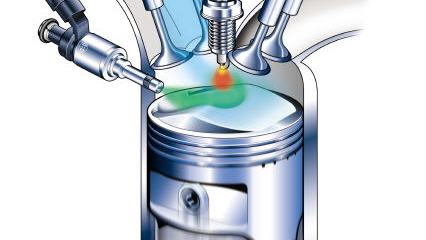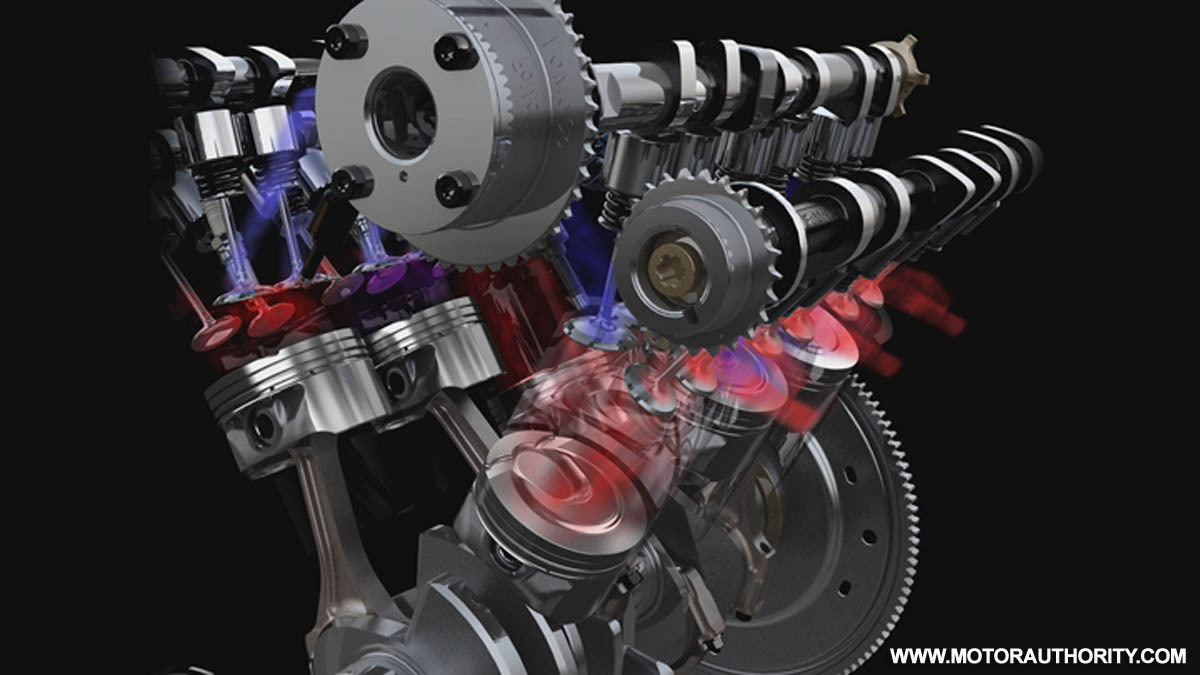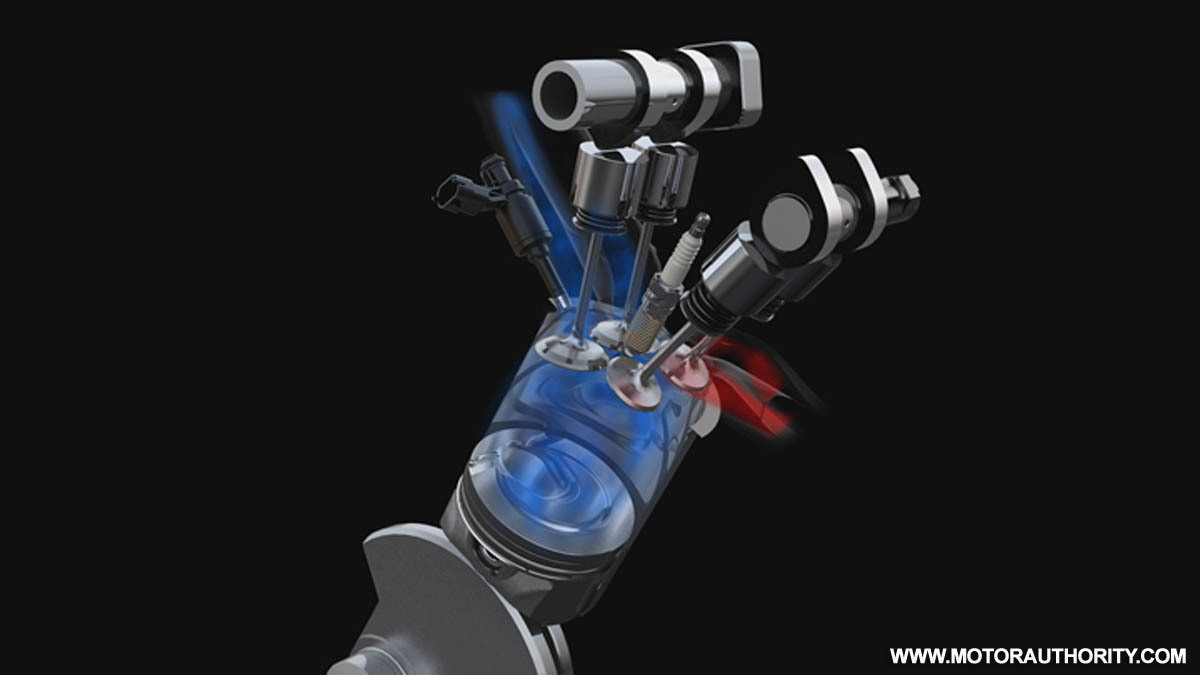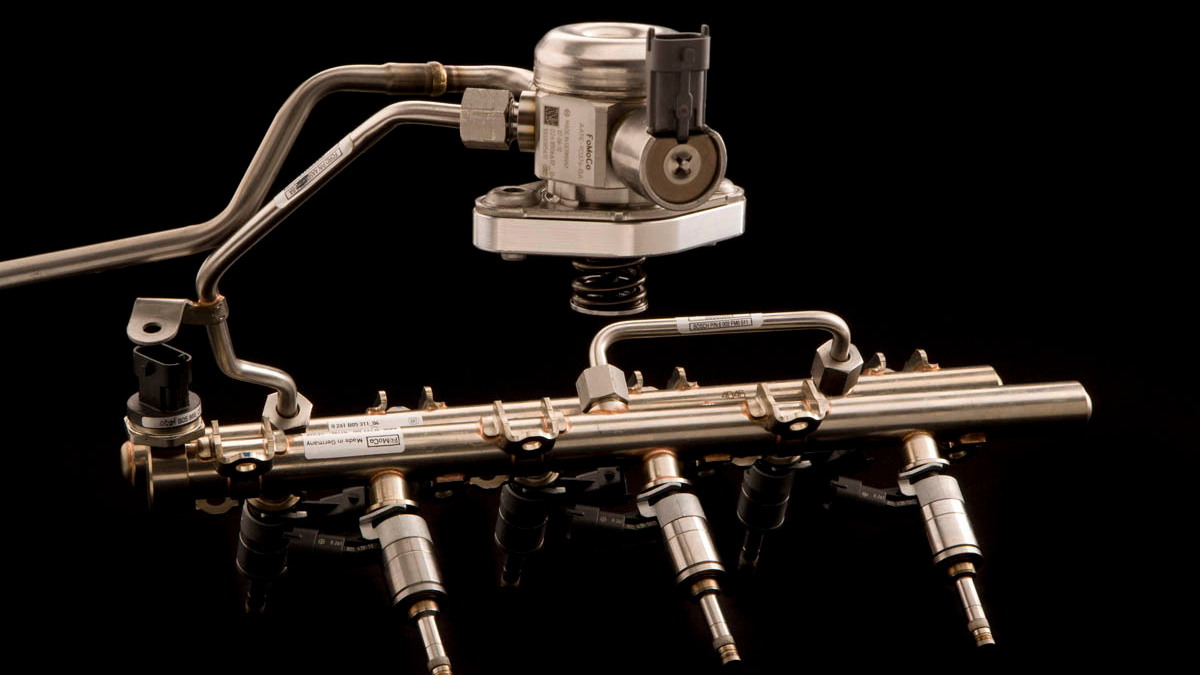The key to its efficiency is the application of two proven fuel-saving technologies: turbocharging and direct-injection. However, a second-generation EcoBoost engine could improve fuel economy a further 5-10% by applying an additional ethanol-injection system.
We first heard about Ford developing a new ethanol-injected V8 engine codenamed ‘Bobcat’ late last year. The development of the engine has now been confirmed with new documents filed with the U.S. Department of Energy (DOE) and published on PickupTrucks.com.
The system works by injecting a blast of ethanol directly into the cylinder chamber before combustion along with a blast of petrol. The burning of ethanol has the positive side effect of cooling the combustion chambers, and when combined with the higher octane rating of the organic-derived fuel power and efficiency can be boosted.
This characteristic also allows the engines to run at a higher compression as detonation is also reduced. The end result is diesel-like economy from a petrol engine. Such a set-up would require a second ethanol-only tank to be installed in the car but so little is used that filling this tank would only need to be done once every few months on average.
Ford is working on the new system with Massachusetts-based firm Ethanol Boosting Systems, which has trademarked the term ‘Direct Injection Octane Boost’ to describe the process. According to the documents, the direct injection of ethanol effectively increases the octane of regular petrol from 88-91 octane to more than 150 octane. Using such technology, a 5.0L V8 Bobcat engine could potentially produce 500hp (373kW) and 750lb-ft (1,015Nm) or more of torque.
No word yet on any release date but Ford is expected to start the first real-world tests of the system in an F-series pickup truck by the end of the year.





